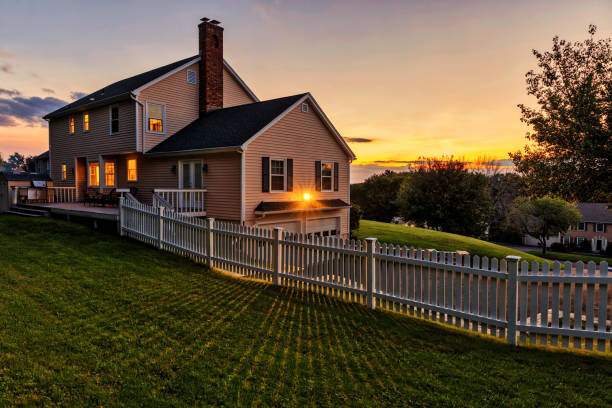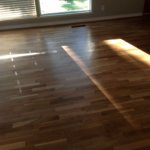
First You Must Understand Your Location and Market
It is a well-known fact that the location of a property is the most significant factor that influences its value. A staggering 60% of a home’s value is determined by its location on the map. Thus, you will notice that home prices can differ significantly from one neighborhood to the other.
Even a property that seems like a steal in one part of town may be sold for considerably less just a few miles away. Therefore, it is essential to conduct thorough research and gain a comprehensive understanding of home prices in your specific neighborhood.
To maximize the value of your home, it is crucial to also have a good understanding of the demographics in your area. Knowing who the primary buyers are – families, seniors, or singles – and what they are looking for in a home can help you tailor your property to their needs. It will also help you set a competitive price that they can afford.
Additionally, studying the neighborhood’s demographics can help you identify market trends and potential buyers, allowing you to make informed decisions about property upgrades or renovations. Understanding the buyer’s preferences and budget can also help you market your property more effectively, increasing your chances of a speedy sale. Therefore, before putting your house on the market, make sure you have a solid understanding of the local demographics, as it can make a significant difference in the final sale price of your home.
Don’t Over-Improve The Home

When making improvements to a home you plan on flipping, remember that less is more. There are no guarantees that you will recoup the costs spend to fix it up. Replace things that are not working or that appear very old, but leave it at that.
Do not sink money into a home adding excessive details and upgrades. If bathroom cabinets are old and ugly, replace it with a simple (and cost effective) pedestal sink.
Always keep in mind, that no matter how many upgrades you make, a home will not sell for $500k, when the neighboring homes are going for $150k.
Price Your Home Before Anything Else
It’s essential to have a clear idea of the expected sale price before signing the papers to purchase a home. However, it’s crucial not to overestimate this figure. To ensure a fast sale, it’s advisable to set a reasonable and competitive price, even if it means pricing lower than anticipated.
It’s vital to remain realistic and stick to your numbers when determining the selling price of your property. Avoid the temptation of overestimating the potential value of your home by making significant renovations or upgrades. Remember, not all renovations will translate to a dollar-for-dollar increase in the sale price.
Therefore, it’s crucial to review all the numbers, including the estimated costs of repairs and upgrades, before getting started. Keep in mind that repairs can be more expensive than initially anticipated, so give yourself a reasonable cushion to avoid unexpected expenses.
Additionally, don’t forget to consider other factors that could affect the final sale price, such as the current market trends and competition in your area. By setting a realistic price and being prepared for potential expenses, you can maximize your profit and increase your chances of a fast and successful sale.
Only Drop Once
When you initially price your home, give yourself enough room to drop the price once. Plan to make a significant drop of $5-$10k if the house isn’t receiving much attention at your original asking price.
You will only want to drop the price once. Dropping the price more often can make the house appear as if something is wrong with it, or that you are desperate to sell.
Before starting any real estate investment project, it is important to educate yourself and work with professionals you can trust.